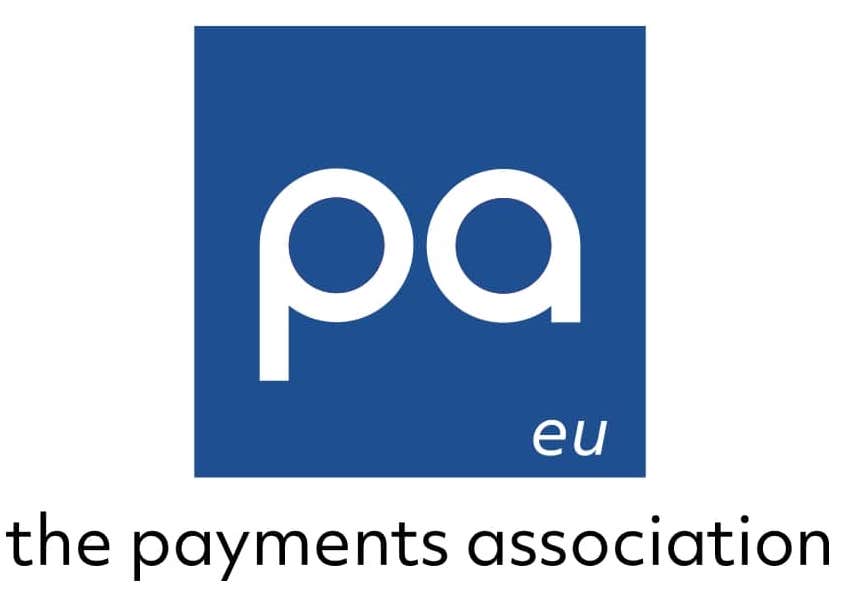Are prepaid products the stepping stone to the evolving economy?
January 17, 2023
From a once ‘poor man’s card’ to paving the way for a new way to earn, Richard Ney examines how prepaid products are being used to underpin some of the slickest payment solutions and user experiences.I remember delivering the first French one-time usage virtual card in 2002 and, even though it provided a much-needed security improvement, the adoption of this product was quite low. Prepaid cards were seen as the ‘poor man’s’ card and mostly used as a cheaper alternative to traditional banking. Prepaid products lacked user focus and innovation, and it was extremely expensive to launch and run such a programme, making it difficult for new competition to enter the market.
Over the past decade, things have changed dramatically. The whole financial space has evolved and become commoditised. The cost of technology has drastically reduced too, making it cheaper and easier to deliver new financial products.
With that barrier to entry lowered, the financial sphere has seen a high level of new entrants, driving innovation forward at a fast pace. Far from the five days it was sometimes taking to move money between accounts, users are now used to near realtime money movement – although it is often still a perception because actual settlement can take longer to come through.
We now live in a world where the choice of financial products is abundant and where the way we are consuming financial services is up to us. We are no longer choosing a bank at the age 16 or 18 to stick with for life, using it for all the financial services we need. Consumers choose different providers for credit, loans, income, general expenses and travel.
The growth in prepaid cards is interesting, but it is only one part of the overall payments industry. The sector is evolving at a wider economic level and the change in consumer behaviour is just the beginning. Richard Ney is CEO at Lerex Technology.
Richard Ney is CEO at Lerex Technology.
The on-demand economy
A similar evolution and choice of providers has taken place in another area: employment. While older generations were used to having an employer for life, progressing through the ranks until retirement, this is no longer the case. My generation (I was born in 1979) tends to change employer every three to five years; and the generation coming through now is even more ruthless and will change jobs based on an employer’s brand values. It is also more common to be self-employed, working with multiple clients on short-term contracts at any given time – essentially the gig economy. Employees now are adopting this mindset of how we earn money, for example, asking employers to pay them per job or task in the same way that economy workers invoice on completion of a project. This change in how we earn money could drive a change in the payments industry. This consumption is a simple consequence of an on-demand mindset our children are growing up with. Take my three-year-old son as an example, he quickly understood that should he want something, daddy and mummy could simply buy it online and it would be delivered to him the next day. For a movie, music or any other digital product, the wait time is more drastically reduced and having to wait a few seconds when the internet connection slows down is becoming an unacceptable nuisance. I grew up having to wait before receiving mail orders, had to go to a specific shop for goods and services, and for the next episode in a TV series I had to make sure I tuned in on the right day at the right time. Today, we have a 24-hour delivery time, and we can stream music, videos and TV shows on demand. Slowly, everything is becoming available whenever we want it. For a small population within the gig economy, this is also becoming true for how they work. Younger generations are ‘consuming’ jobs, picking from large pools of gigs and choosing where, when and how to work. Yet, payment options to support that are limited and not user friendly.Streaming money
As the expectation of employees to be paid on demand increases, employers will have no choice but to adapt. A challenge arising from this, which is driving payment innovation, is trust. This type of arrangement doesn’t enable the trust rapport that exists between a company and a full-time employee. Gig workers often have to deal with late payment (or not being paid at all) and chasing to be paid accurately, while businesses are wary of the job being done to their satisfaction. Some companies are already evolving to a ‘per job’ payment, where the worker can receive their pay in near real-time once a job is completed and based on a series of criteria. However, this isn’t widely used and remains in its infancy. To the evolving ways of working and being paid, one innovation needed in the payments sector is money streaming. In the same way as we are streaming music or video today, tomorrow we will need to be able to stream income (or payment from a company point of view) to support the continuous growth of the on-demand model. Companies will define the criteria for the streaming to start and stop, as well as the amount being pushed, and workers will be able to get the reassurance they are getting paid fairly.It’s not only for the gig economy
This concept isn’t new. Payment-on-demand is as old as the internet (at least) and is one of the initial drivers behind initiatives such as Bitcoin. Twenty years ago, as the last internet bubble crashed and companies struggled to generate income, some tried to implement pay-per-view content. For example, news websites tried to charge per article, but this wasn’t how we consumed information. We didn’t want to pay for an article when we were only going to read the first paragraph (even if it’s only a few pennies) and, in some cases, even one pence was too expensive. The micro-payment concept was introduced to be able to pay a website for every minute a user would be viewing it, but this didn’t take off for two reasons. First, the one pence minimum denomination was often a barrier; and two, payment options were not available to support the model. With cryptocurrencies, mostly Bitcoin, the fractional payment issue has been resolved and payment technologies are now ripe to support a streaming model. The smallest Bitcoin denomination is 0.00000001 which, as of 6 January 2021, is worth £0.00024. This is small enough to be able to charge a fraction of a penny for every second spent browsing a website. If every piece of internet content was generating true direct revenue, this would help drive quality but would also solve the major headache some digital companies are trying to address, which is getting paid. Currently, their only choice is to provide free content, bombard us with adverts and encourage us into chunky payments once we get accustomed to their services. But this isn’t the way younger generations consume. Digital companies, especially news organisations, are facing difficulties because it will become increasingly difficult to get paid subscriptions. We can already see the subscription model declining because it is not always in the consumer’s interest. Users are consuming content regardless of its source and delivery platform and paying a subscription to one specific provider is not advantageous when you might be using multiple providers. Using myself as an example, my household consumes a high quantity of TV shows. We had a subscription to Netflix, Amazon Prime, Now.TV and Disney+. I thought it was becoming a little too much and, realising we were not using Now.TV as often as the others, I cancelled it. But this isn’t in my interest, nor of Now.TV. The best thing to do would have been to keep the subscription, but to only pay when I was using it. This would all be possible with fractional money streaming.Why prepaid?
By now, you might be wondering why I mentioned prepaid specifically. One issue remaining today is speed of settlement and credit risk. The streaming model cannot work without the ability to move funds faster but, more importantly, without total assurance that the money will be received. In this honeybee consuming approach, where the consumer loyalty is becoming sparser, it is critical for the provider to be 100% sure the user has funds available and will pay. This is obviously feasible using a lot of different mechanisms, but prepaid is inherently the perfect mechanism. As the funds must be deposited and available before making any purchase, streaming money from or to a prepaid product removes that credit risk altogether, providing the merchant with peace of mind when delivering content. The accessibility of prepaid products, and additional levels of features and control they provide (such as allowing the user to fine tune their spend limits on a per-provider basis if needs be) is also key to making a streaming scenario work well for all parties. The past 20 years have seen the digitalisation of many products and the streaming revolution with music and movies. The on-demand concept is fast becoming more anchored into our daily lives and is driving rapid changes in the way we’re consuming everything. The next 10 years will see an equally disruptive change in the way money moves and is being consumed. Our children will be used to streaming money. The question is… will they be streaming fiat or digital currencies? Richard Ney is CEO at Lerex Technology.
Richard Ney is CEO at Lerex Technology.
